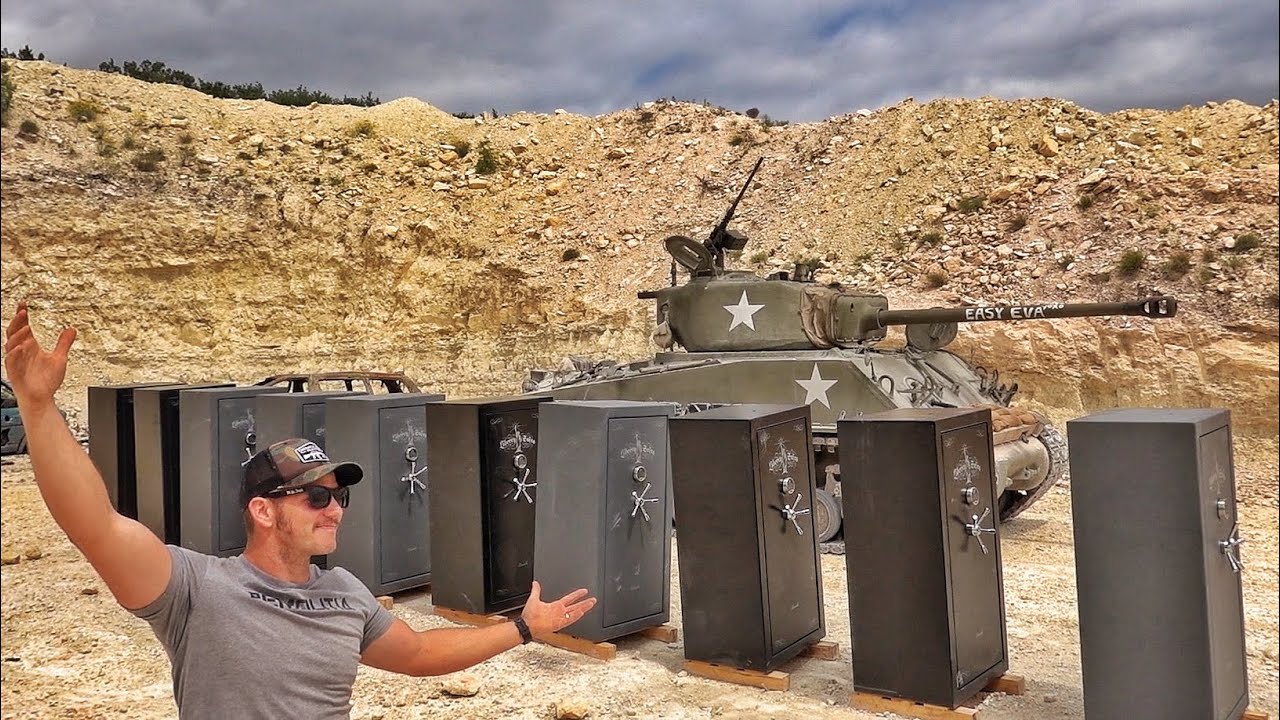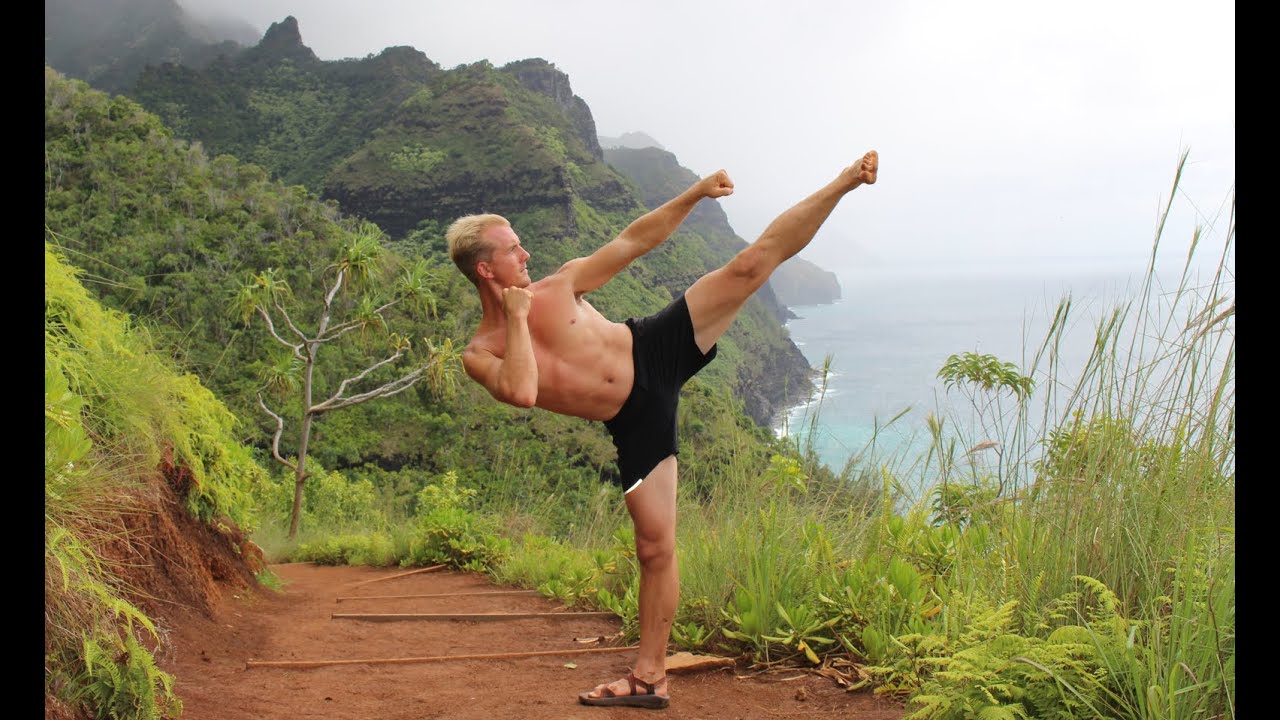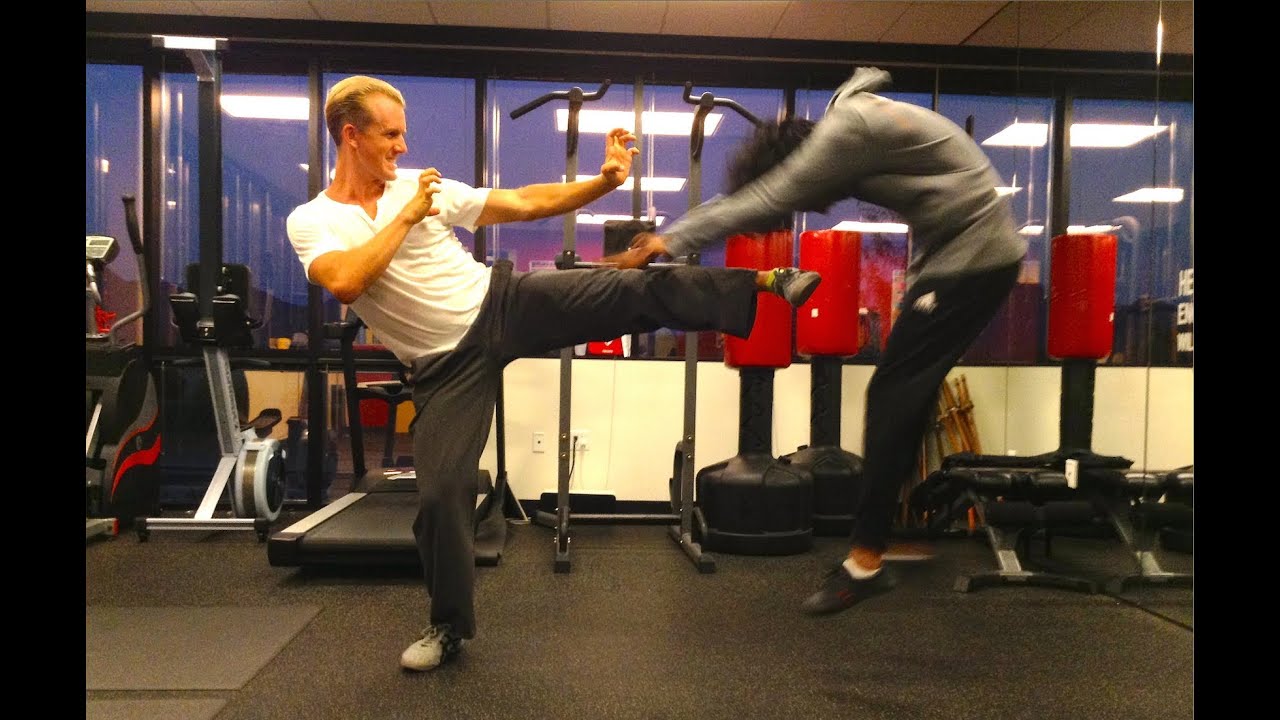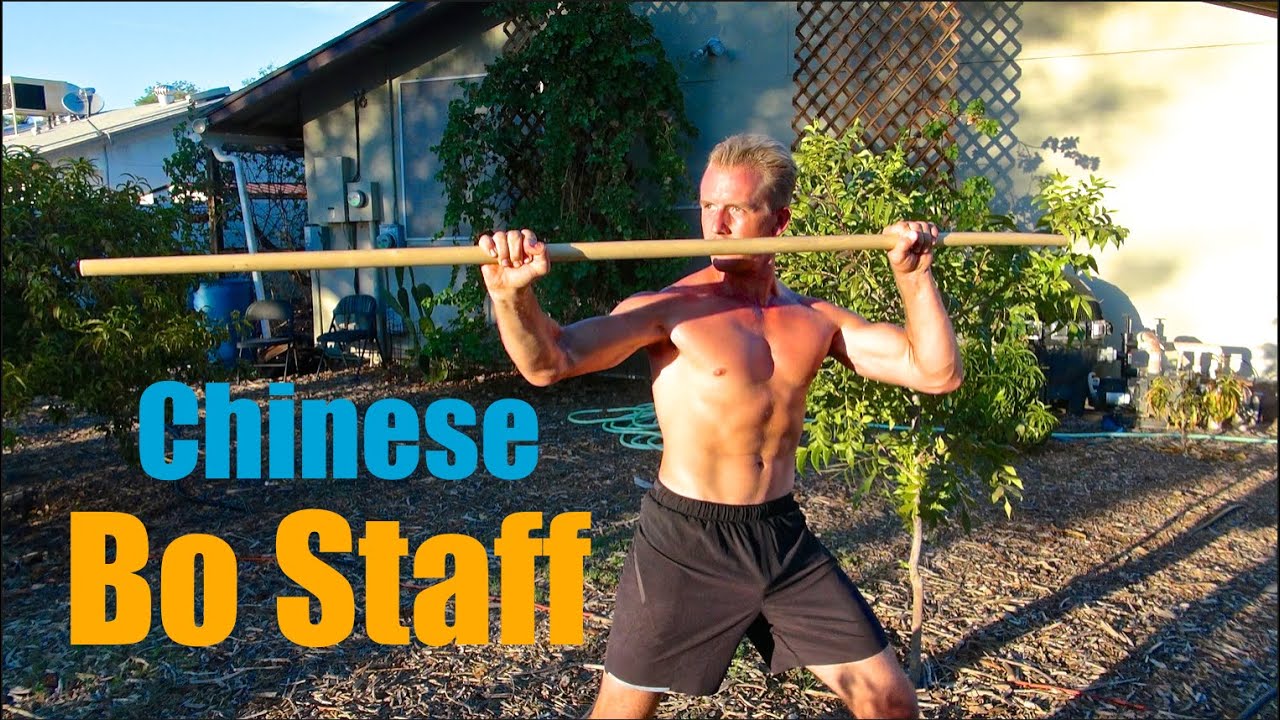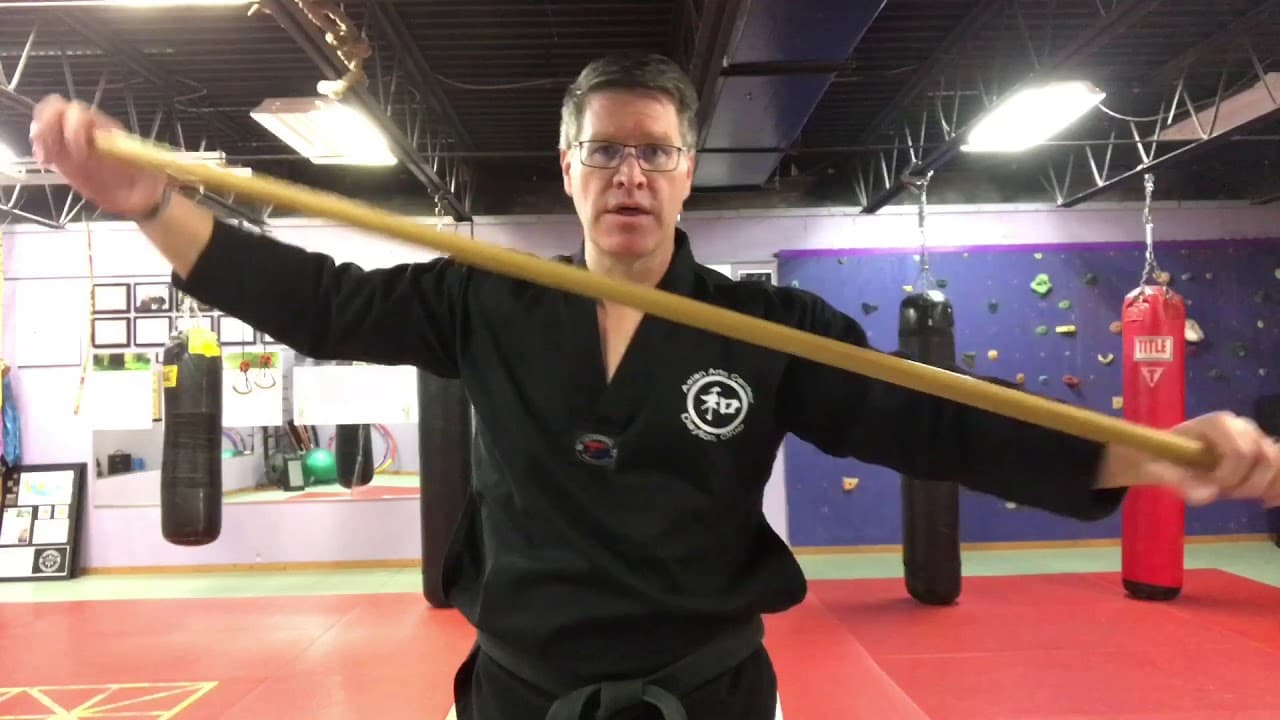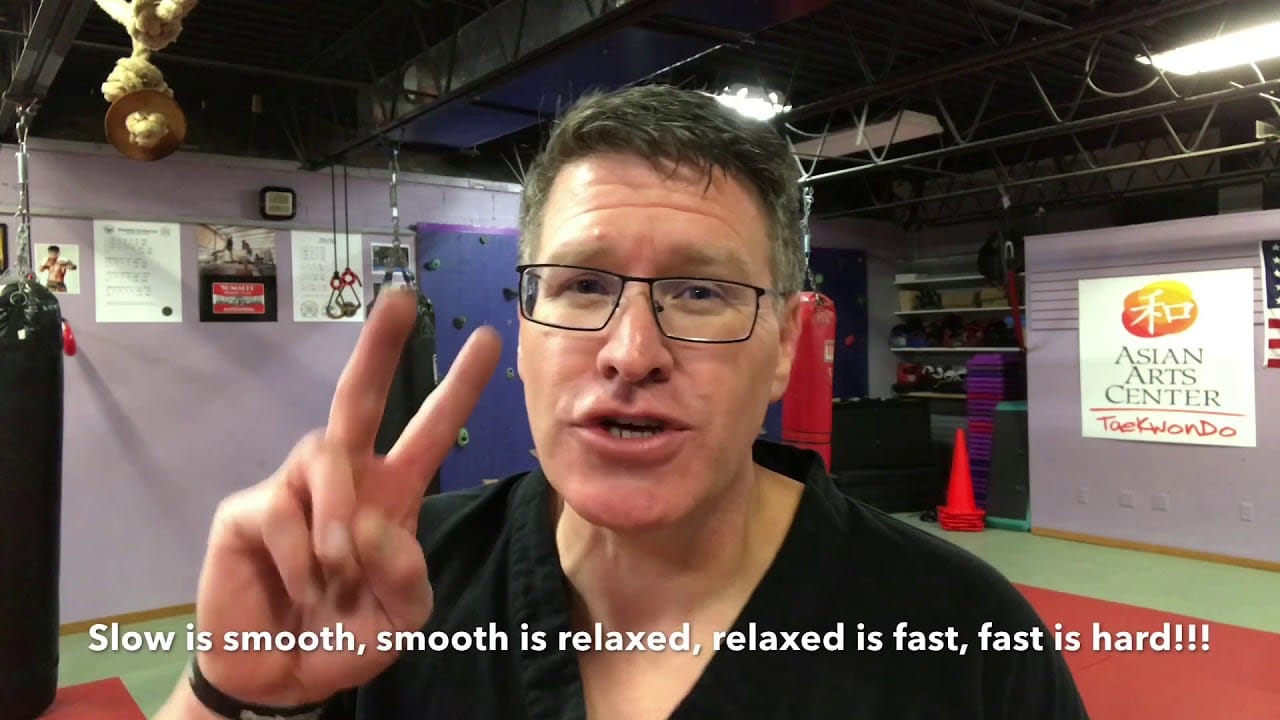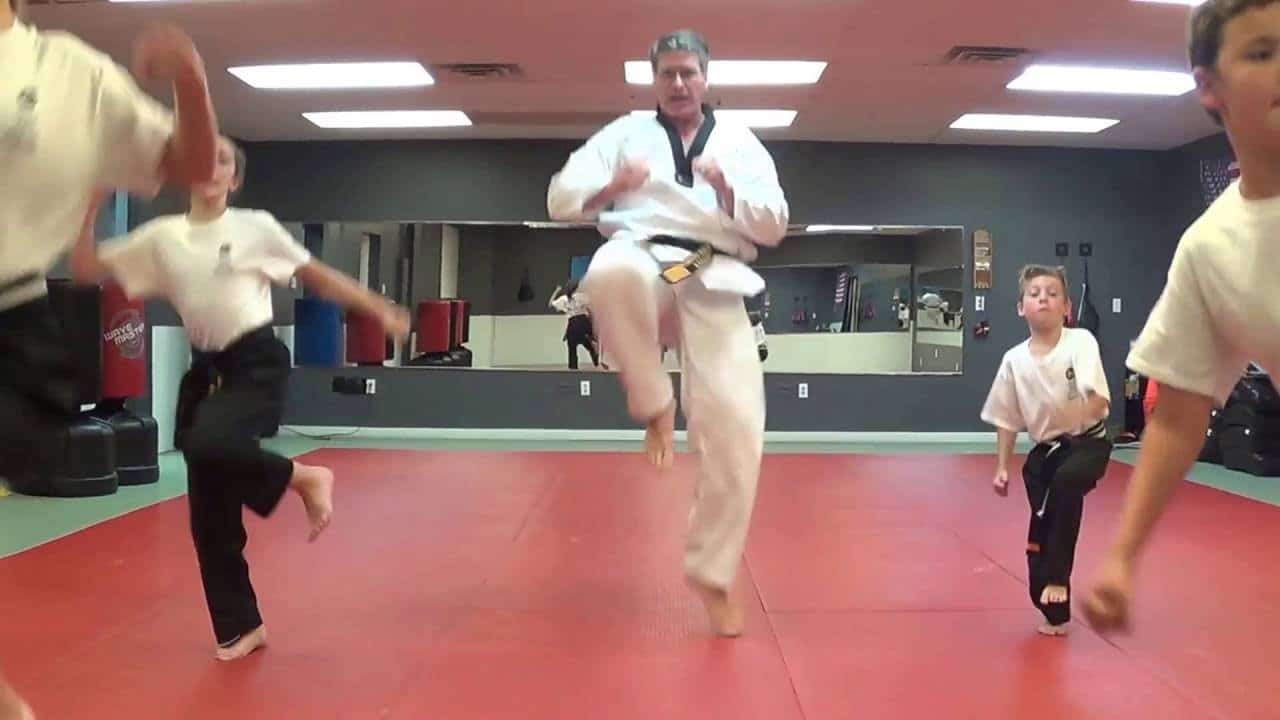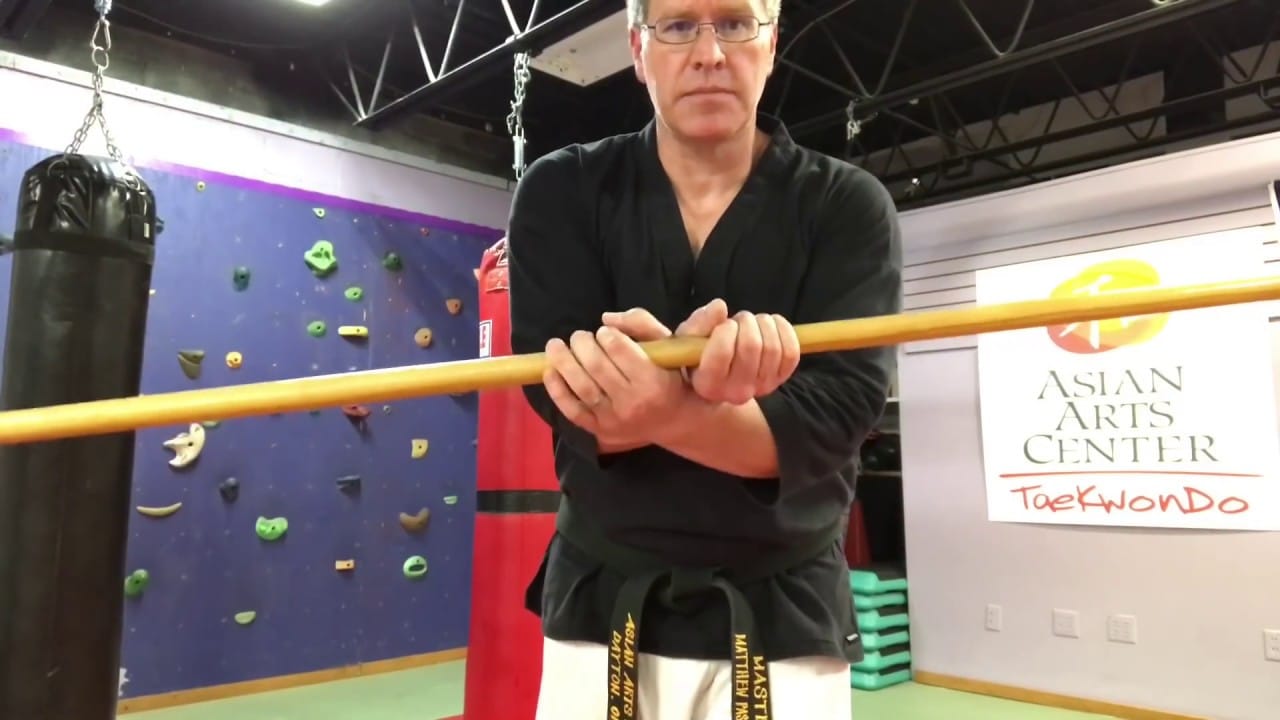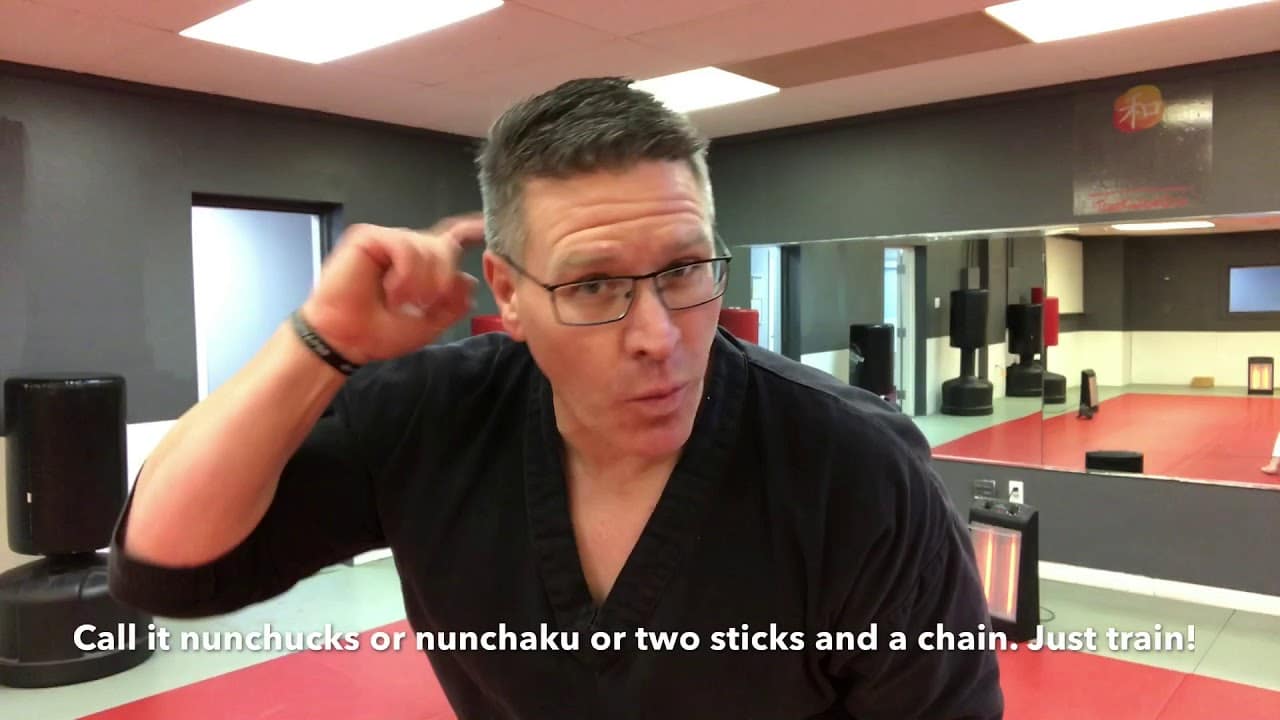Demolition Ranch Videos:
Check out these videos from Demolition Ranch! If you are looking to learn or expand your knowledge of firearms, this channel will help.
Who Is This Guy?
Meet Matt Carriker of Demolition Ranch. Did you know Matt is a Veterinarian and has over 6 million subscribers scattered over 3 YouTube channels. His channels are Demolition Ranch, Vet Ranch and Off The Ranch. If you loved Demolition Ranch then you will for sure like these other two channels.
You Mean He's A Vet Not A Veterinarian?
No, I mean he’s a veterinarian (since 2012) and even though you would think he’s military he’s actually a pet doctor and has a pet clinic. They are located in Fair Oaks Ranch Texas and his clinic is called the Fair Oaks Ranch Veterinarian Clinic. Also check out Vet Ranch on YouTube, there are around 300 videos!
The channel is themed around sharing incredible stories about cats and dogs overcoming injuries. The channel has almost 3 million subscribers! Vet Ranch is also a non profit organization of Vets that saves dogs and cats from high kill animal shelters.
What's Matt's Third YouTube Channel?
Matt’s 3rd YouTube Channel is called Off The Ranch. He has over 300 videos here too and over 3.5 million subscribers!
Matt doesn’t just shoot guns and fix puppies, he’s also like MacGyver.
Is Matt's Carriker In A Movie?
Yes, Matt is now in at least two films. One was back in 2015 and was on Somebody’s Gotta To Do It by Mike Rowe. Mike came out to Demolition Ranch in episode two of season three.
You remember Mike, the guy from dirty jobs? Yeah, that guy did a show with Matt and the Demolition Ranch team. You can watch that here: Demolition Ranch with Mike Rowe.
Matt is also now in a new film called Strain 100.
Other Matt's Carriker Facts?
Matt was born on October 21, 1986 and will be turning 36 years old in 2020. Matt lives in Boerne Texas with his wife Meredith and their three children. Matt is tall (6’9″) and weighs 215 lbs or so.
They operate a family Vet clinic that was started by his Father, Dr. Lee Carriker. He is a natural born Texan. They got engaged in San Diego on her 21st birthday. They are high school sweet hearts that met in history class. They married in 2008.
In 2020 Meredith is launching her own line of athletic shirts. Both Meredith and Matt have t-shirts and hats available for purchase. Vet Ranch is a non profit organization of Vets saving dogs and cats form high kill animal shelters. They offer low cost Vet services to the local area.

